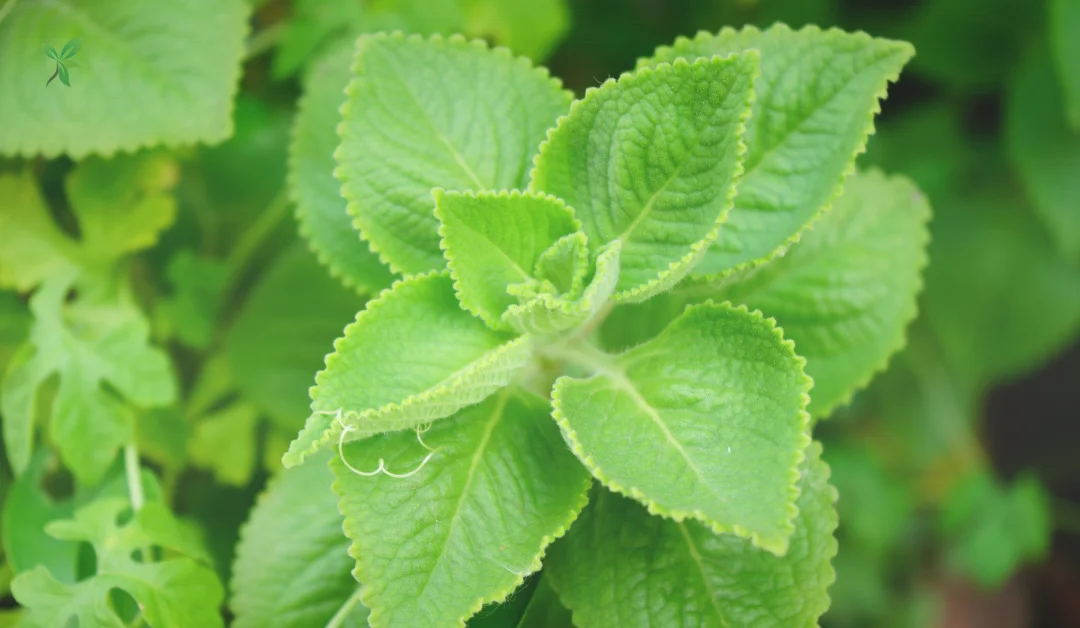How to Care for Plectranthus Lemon Lime Plant?
The Plectranthus Lemon Lime, also known as Plectranthus ‘Lemon Lime,’ is a vibrant and versatile plant admired for its striking, bright green leaves with yellow edges. This plant is a favorite among gardeners and plant enthusiasts due to its lively appearance and relatively easy care requirements.
In this guide, we will explore everything you need to know about caring for your Plectranthus Lemon Lime, including its ideal growing conditions, maintenance tips, and common issues.
What is Plectranthus Lemon Lime?
Plectranthus Lemon Lime is a perennial plant native to South Africa, valued for its eye-catching foliage and refreshing lemon-lime color combination. It is a member of the mint family (Lamiaceae) and is often used as a ground cover or in containers. The plant’s leaves have a distinctive lemony scent, adding an aromatic touch to your garden or home.
Ideal Growing Conditions
To ensure your Plectranthus Lemon Lime thrives, it’s important to provide the right growing conditions. Here’s what you need to know:
1. Light Requirements
Plectranthus Lemon Lime prefers bright, indirect light. While it can tolerate some direct sunlight, too much can cause leaf burn or fading. If growing indoors, place the plant near a window with filtered light. Outdoors, choose a spot with partial shade or filtered sunlight.
2. Soil Type
This plant enjoys well-draining soil that is rich in organic matter. A standard potting mix with added perlite or sand for improved drainage works well. If planting in the garden, ensure the soil is loose and not prone to waterlogging.
3. Temperature
Plectranthus Lemon Lime thrives in temperatures between 60°F and 75°F (15°C to 24°C). It can tolerate a range of temperatures but should be protected from frost and extreme cold. If you live in a region with harsh winters, consider growing it in a pot so you can move it indoors.
4. Humidity
This plant prefers moderate to high humidity. While it can adapt to lower humidity levels, it will thrive better in a more humid environment. If growing indoors, occasional misting or using a humidity tray can help maintain optimal humidity.
Relevant Post: Can I Put My Prayer Plant on My Lanai? Best Tips
Watering Your Plectranthus Lemon Lime
Proper watering is crucial for the health of your Plectranthus Lemon Lime. Here’s how to get it right:
1. Frequency
Water the plant when the top inch of soil feels dry. Avoid overwatering, as this can lead to root rot. During the growing season (spring and summer), you may need to water more frequently. In the dormant season (fall and winter), reduce watering as the plant’s growth slows.
2. Watering Technique
Water thoroughly until excess water drains from the bottom of the pot. This ensures that the entire root system receives moisture. Avoid letting the plant sit in standing water, as this can cause root rot.
3. Draining
Ensure your pot has drainage holes to prevent water from accumulating at the bottom. For garden beds, make sure the soil has good drainage to avoid waterlogging.
Fertilizing Your Plectranthus Lemon Lime
Fertilizing helps promote healthy growth and vibrant foliage. Here’s how to fertilize your plant:
1. Type of Fertilizer
Use a balanced, water-soluble fertilizer with equal parts nitrogen, phosphorus, and potassium (e.g., 10-10-10). Organic options like compost or fish emulsion are also beneficial.
2. Application Frequency
Fertilize your Plectranthus Lemon Lime every 4-6 weeks during the growing season (spring and summer). Reduce fertilization during the dormant period (fall and winter) as the plant’s growth slows.
3. Application Method
Follow the instructions on the fertilizer package for the correct dosage. Apply the fertilizer evenly around the base of the plant, avoiding direct contact with the foliage.
Relevant Post: How Long Before Replant Aquatic Plant? Easy Guide
Pruning and Maintenance

Regular pruning and maintenance help keep your Plectranthus Lemon Lime looking its best. Here’s what you should do:
1. Pruning
Prune the plant to encourage bushier growth and remove any leggy or unappealing stems. Trim back any overgrown or dead foliage to maintain a neat appearance. Pruning also helps improve air circulation around the plant.
2. Cleaning
Wipe the leaves occasionally with a damp cloth to remove dust and keep them looking fresh. This also helps prevent pest infestations.
3. Repotting
Repot your Plectranthus Lemon Lime every 1-2 years or when it becomes root-bound. Choose a pot that is slightly larger than the current one and refresh the soil to provide ample room for growth.
Common Problems and Solutions
Even with the best care, your Plectranthus Lemon Lime may encounter some issues. Here’s how to address common problems:
1. Yellowing Leaves
Yellowing leaves can be a sign of overwatering or poor drainage. Check the soil moisture and ensure the pot has proper drainage. Remove any affected leaves and adjust your watering routine as needed.
2. Leggy Growth
Leggy growth, where the plant becomes tall and sparse, usually indicates insufficient light. Move the plant to a brighter location or provide supplemental lighting if growing indoors.
3. Pest Infestations
Common pests include aphids, spider mites, and whiteflies. Check the undersides of leaves and treat infestations with insecticidal soap or neem oil. Regularly inspect the plant for signs of pests and take action promptly.
4. Root Rot
Root rot is often caused by overwatering or poor drainage. If you notice a musty smell or mushy roots, remove the plant from the pot, trim away affected roots, and repot it in fresh, well-draining soil.
Conclusion: Caring for Your Plectranthus Lemon Lime (H2)
Caring for Plectranthus Lemon Lime involves providing the right light, soil, water, and nutrients to ensure a healthy, vibrant plant. By understanding its needs and addressing common issues, you can enjoy this beautiful and aromatic plant in your garden or home for years to come.
With its striking foliage and relatively easy care requirements, Plectranthus Lemon Lime is a great addition to any plant collection. By following the tips and guidelines outlined in this guide, you can help your plant thrive and enhance your indoor or outdoor space with its cheerful, lemon-lime hues.
FAQs
Q: Can I grow Plectranthus Lemon Lime indoors?
A: Yes, Plectranthus Lemon Lime can be grown indoors as long as it receives bright, indirect light and proper humidity.
Q: How often should I prune my Plectranthus Lemon Lime?
A: Prune as needed to maintain shape and remove dead or leggy stems. Regular pruning helps promote bushier growth and a tidy appearance.
Q: What should I do if my plant becomes root-bound?
A: Repot the plant in a slightly larger pot with fresh soil. This provides additional space for root growth and helps prevent issues related to root crowding.
By following these care instructions, you can ensure that your Plectranthus Lemon Lime remains a beautiful and healthy addition to your plant collection.




